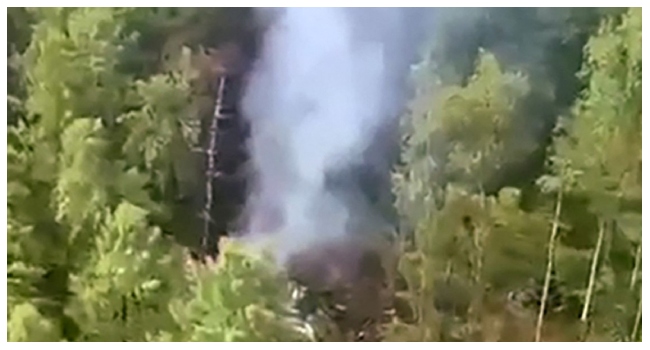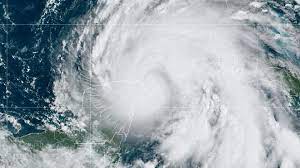Hurricane Helene tore through the southeastern United States on Friday, claiming at least 17 lives and causing widespread flooding and destruction. The storm, which made landfall near Tallahassee, Florida, as a Category 4 hurricane, knocked out power for millions before weakening to a tropical storm as it moved north.
The National Hurricane Center reported “historic and catastrophic flooding,” issuing flash flood warnings for Georgia’s largest city, Atlanta, as well as parts of South Carolina and North Carolina. Up to 12 inches of rain were forecast for the Appalachian Mountains, with some areas expected to receive up to 20 inches.
In Perry, Florida, near the hurricane’s landfall, homes lost power, and a gas station was destroyed. Resident Larry Bailey described the storm’s intensity: “I’m Floridian, so I’m kind of used to it, but it was real scary at one point. It’s like, was my house gonna get blown away or not?”
Georgia Governor Brian Kemp confirmed 11 deaths in his state, including an emergency responder. He reported extensive damage in Valdosta, with 115 structures heavily impacted and multiple people trapped. Florida’s Pinellas County reported five deaths, while one person died in Charlotte, North Carolina, after a tree fell on a home.
As Helene battered the U.S., other regions of the world also faced extreme weather, with Typhoon Yagi hitting Asia and flooding devastating Europe and the Sahel. Though scientists link some extreme weather events to human-caused climate change, it is too soon to determine the causes of this month’s global storms.
Curtis Drafton, a search and rescue volunteer in Steinhatchee, Florida, remarked on the increasing frequency of severe storms: “We talk about the once-in-a-lifetime storm, but we had one similar last year. Is this the new normal?”
More than 4.3 million homes and businesses across Florida, Georgia, and the Carolinas remained without power, according to PowerOutage.us. President Joe Biden and local authorities urged residents to follow evacuation orders, while Florida Governor Ron DeSantis mobilized the National Guard for search and rescue operations. Despite warnings of “unsurvivable” storm surges, some residents stayed to weather the storm.












